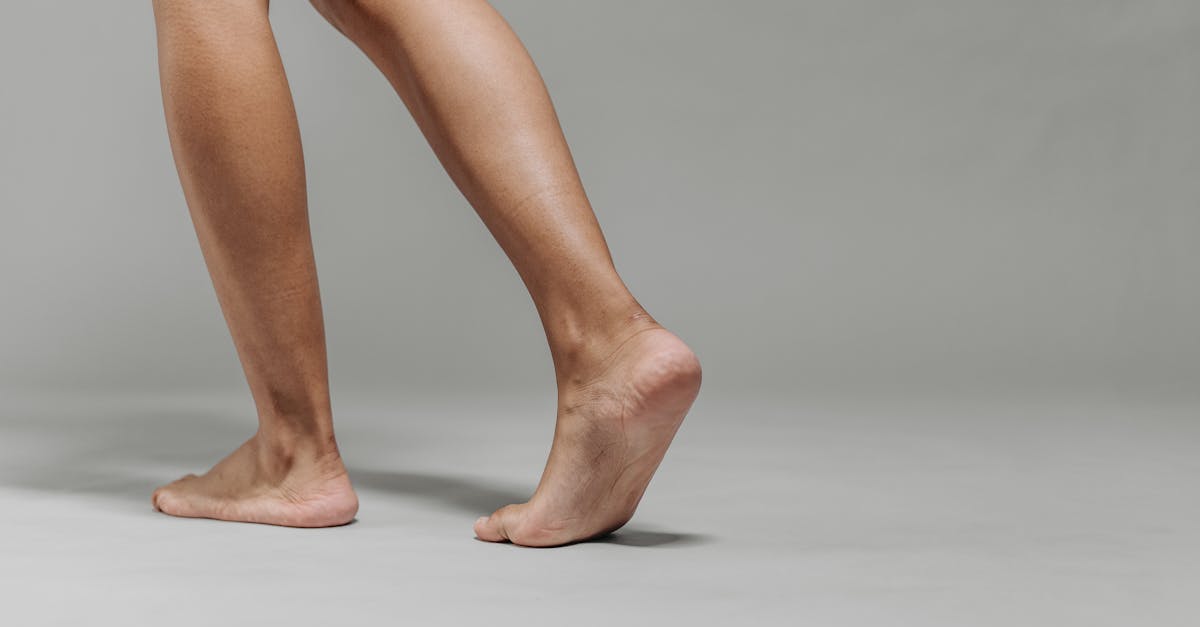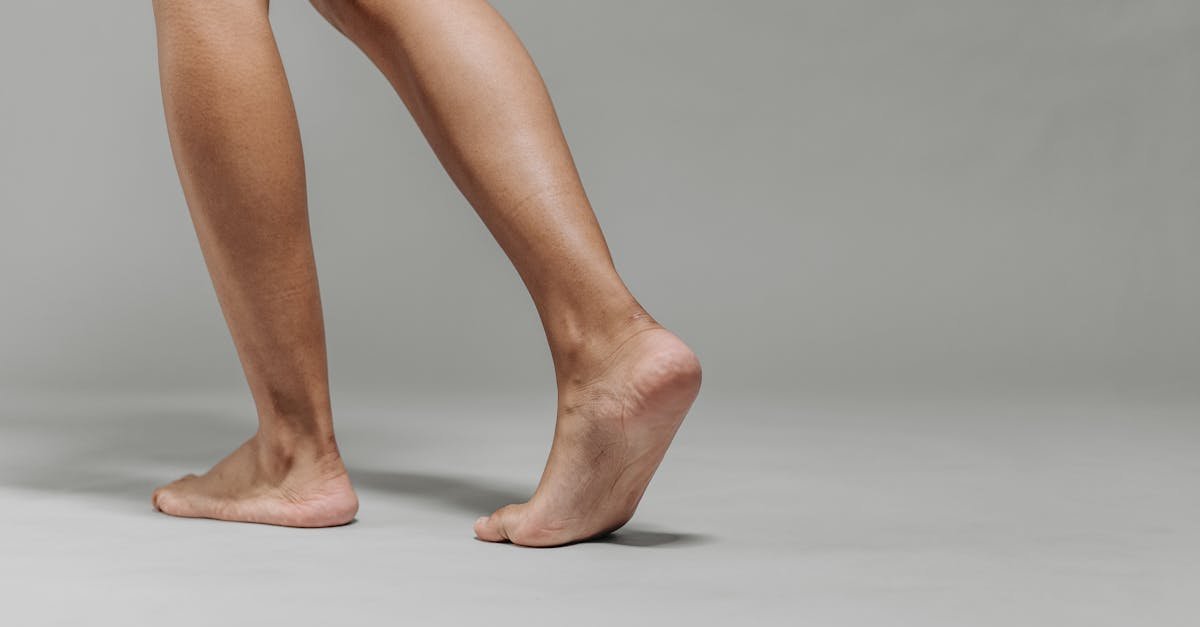Simple Fitness Tips For Busy People: Squeeze Exercise into Your Hectic Schedule
Let’s be real. Life is crazy busy. Between juggling work deadlines, family commitments, social obligations, and maybe, just maybe, finding five minutes to breathe, the idea of fitting in a workout often feels like a cruel joke. You know you *should* exercise, you might even *want* to, but finding the time? That feels like searching for a unicorn while riding a dodo bird. It seems impossible, right? Well, what if I told you it’s not? What if integrating fitness into your packed schedule is less about finding huge chunks of time and more about clever, simple tweaks? Stick with me, because we’re about to uncover some seriously practical, totally doable fitness tips designed specifically for people like you – the incredibly busy, slightly overwhelmed, but ultimately capable human!
Why Fitness Often Takes a Backseat (and Why It Shouldn’t)
It’s the classic story: intentions are good, but execution falls flat. When deadlines loom or the kids need attention, exercise is usually the first thing jettisoned from the to-do list. It feels… expendable. Like a luxury item you can’t quite afford time-wise. But here’s the kicker: neglecting fitness isn’t just about missing out on toned abs or bigger biceps; it’s about actively chipping away at your overall well-being, productivity, and resilience.
The “No Time” Trap: Understanding the Real Barriers
Ah, the infamous “I don’t have time” excuse. We’ve all used it. But is it *really* about a lack of minutes in the day, or is it something deeper? Often, it’s a combination of factors masquerading as a time shortage. Maybe it’s decision fatigue – choosing a workout feels like one more task on an endless list. Perhaps it’s the perceived effort – the thought of getting changed, driving to a gym, working out, showering, and driving back feels utterly exhausting before you even start. Sometimes, it’s about priorities; we simply haven’t placed a high enough value on movement compared to other demands. Recognizing these underlying barriers is the first step. It’s not just about finding time; it’s about overcoming mental hurdles and logistical friction.
The Sneaky Health Costs of a Sedentary Busy Life
Sitting at a desk all day, commuting in a car, unwinding on the sofa… sound familiar? This sedentary pattern, often the default for busy professionals, comes with a hefty price tag, even if you don’t notice it immediately. We’re talking increased risks of chronic diseases like heart disease, type 2 diabetes, and certain cancers. It can lead to weight gain, poor posture, back pain, and muscle stiffness. But it goes beyond the physical. Lack of movement impacts mental health too, contributing to higher stress levels, anxiety, depression, and brain fog. Think about it: that afternoon slump or constant feeling of being overwhelmed? Lack of physical activity might be a major contributing factor. Investing in fitness isn’t just about long-term health; it’s about improving your *current* quality of life, energy levels, and mental clarity, making you better equipped to handle that busy schedule!
Shifting Your Mindset: Fitness Isn’t All or Nothing
One of the biggest roadblocks for busy people is the “all-or-nothing” mindset. We think if we can’t commit to an hour-long gym session five days a week, then why bother at all? This perfectionist approach is paralyzing. The truth is, *some* movement is infinitely better than *no* movement. It’s time to ditch the pressure and embrace a more flexible, realistic approach.
Ditch the Marathon Mentality: Embracing Micro-Workouts
Forget the hour-long sweat sessions (for now, at least). Think smaller. Much smaller. Micro-workouts are short bursts of activity sprinkled throughout your day. We’re talking 5, 10, or 15 minutes. Can you find 10 minutes during your lunch break? Maybe 5 minutes while the kettle boils? How about 15 minutes before everyone else wakes up? These mini-sessions add up! A few short bursts of activity can boost your metabolism, improve circulation, clear your head, and contribute significantly to your overall fitness goals. Think of it like saving pennies – individually they seem insignificant, but they accumulate into real value over time. Ten minutes of brisk walking, a quick set of squats and push-ups, or some jumping jacks can make a surprising difference.
Finding Your “Why”: Motivation Beyond the Mirror
Why do you *really* want to be fitter? If your only motivation is fitting into old jeans or looking good for an event, it might fizzle out when life gets tough. Dig deeper. What intrinsic benefits are you seeking? Maybe you want more energy to play with your kids. Perhaps you want to reduce stress and feel calmer. Maybe you want to improve your focus at work or sleep better at night. Maybe you want to protect your long-term health and be active well into your later years. Connect your fitness goals to these deeper, more meaningful values. When your “why” is powerful, it becomes a much stronger anchor, keeping you motivated even when the “I don’t feel like it” monster rears its head.
Super Sneaky Ways to Weave Movement into Your Day
Okay, mindset shifted. Now for the practical magic. How do you actually *do* it? The key is to integrate movement so seamlessly into your existing routine that you barely notice the extra effort. It’s about transforming mundane moments into mini fitness opportunities.
The Commute Makeover: Active Travel Tips
Your daily commute, often seen as dead time, is ripe with potential for activity. Instead of automatically defaulting to the car or sitting passively on public transport, look for ways to get moving.
Walking/Cycling Part-Way
Can you park further away from the office entrance? Could you get off the bus or train one stop earlier and walk the rest of the way? Even better, could you cycle part or all of your commute if feasible? Even adding an extra 10-15 minutes of walking each way adds up significantly over the week. It’s a great way to clear your head before and after work, too.
Taking the Stairs (Every Single Time!)
This one is classic for a reason – it works! Make a hard and fast rule: always take the stairs instead of the elevator or escalator, unless you’re carrying something incredibly heavy or going up 20 floors (though even then, maybe try a few flights!). Stair climbing is fantastic cardiovascular exercise and a great leg and glute toner. Turn it into a mini-challenge. See if you can get less breathless over time.
Desk Jockey Workouts: Exercise While You Earn
If you spend hours chained to a desk, it doesn’t mean your body has to shut down completely. There are subtle (and some not-so-subtle) ways to stay active without leaving your workspace.
Under-Desk Cycles & Resistance Bands
Invest in some discreet equipment. An under-desk elliptical or cycle allows you to pedal away while typing emails or on conference calls (just maybe mute yourself!). Resistance bands are incredibly versatile – use them for seated leg extensions, bicep curls, or shoulder presses during short breaks. Nobody even has to know!
Chair Squats and Desk Push-ups
Use your furniture! Stand up and do squats, hovering just above your chair seat, during a phone call. Perform incline push-ups against your sturdy desk (make sure it’s stable!) while waiting for a document to print. Do calf raises while standing and reading. Take micro-breaks every hour to do a few reps – it breaks up sedentary time and gets the blood flowing.
Household Chores: Your Unofficial Gym
Stop dreading chores and start seeing them as built-in workouts! Cleaning the house can actually burn a surprising number of calories and work various muscle groups. Put on some upbeat music and attack it with gusto. Vigorous vacuuming, scrubbing floors, gardening, washing the car – these all count as moderate-intensity activity. Lunge while you vacuum, do calf raises while washing dishes, squat to pick things up instead of just bending over. You get a cleaner house *and* a workout. Win-win!
Maximizing Limited Workout Time: Efficiency is Key
Okay, so you’ve carved out a small window – maybe 20-30 minutes – for a more focused workout. How do you make every second count? Forget long, slow cardio sessions or isolating tiny muscle groups. Busy people need efficiency.
High-Intensity Interval Training (HIIT): Bang for Your Buck
HIIT is the busy person’s best friend. It involves short bursts of intense exercise followed by brief recovery periods. Think 30 seconds of jumping jacks as fast as you can, followed by 15 seconds of rest, then 30 seconds of high knees, 15 seconds rest, and so on. These workouts are typically short (10-30 minutes) but incredibly effective at improving cardiovascular fitness, burning calories (even after you stop exercising – the “afterburn effect”), and boosting metabolism. You can do HIIT with bodyweight exercises (burpees, mountain climbers, squats jumps), weights, or cardio equipment. It’s intense, yes, but it’s over quickly!
Compound Exercises: Working Multiple Muscles at Once
Instead of doing bicep curls, then tricep extensions, then shoulder presses, choose exercises that work multiple muscle groups simultaneously. These are called compound exercises. Think squats (works quads, glutes, hamstrings, core), push-ups (chest, shoulders, triceps, core), lunges (quads, glutes, hamstrings), rows (back, biceps), and deadlifts (pretty much everything!). By using compound movements, you get a full-body workout in less time, building functional strength more effectively than isolation exercises.
Fueling Your Busy Body: Simple Nutrition Hacks
You can’t out-exercise a bad diet, especially when you’re short on time. Grabbing fast food or sugary snacks when you’re busy is tempting, but it sabotages your energy levels and fitness goals. Simple nutritional strategies are crucial.
Meal Prepping: Your Sunday Secret Weapon
Spending a couple of hours on the weekend prepping meals and snacks for the week ahead can be a total game-changer. Cook a big batch of lean protein (chicken breast, fish, tofu), roast some vegetables, boil some eggs, and portion out healthy grains like quinoa or brown rice. Wash and chop fruit and veggies for easy grabbing. Having healthy options ready to go eliminates the guesswork and the temptation to grab unhealthy convenience food when hunger strikes during a busy day.
Smart Snacking on the Go
Busy schedules often mean snacking on the run. Ditch the vending machine chips and candy bars. Keep healthy, portable snacks readily available in your bag, desk drawer, or car. Think nuts, seeds, fruit (apples, bananas), Greek yogurt cups, protein bars (check the sugar content!), hard-boiled eggs, or veggie sticks with hummus. Smart snacking keeps your energy levels stable, prevents overeating at main meals, and fuels your body effectively.
Leveraging Technology and Tools
In today’s digital age, technology can be a powerful ally in your fitness journey, especially when time is tight.
Fitness Apps and Wearables: Your Pocket Coach
There’s an app for everything, including fitness! Use apps to track your steps, log workouts, find quick exercise routines, monitor your heart rate, or even follow guided meditations for stress relief. Wearable fitness trackers (like smartwatches) can provide constant motivation by showing your activity levels throughout the day, reminding you to move, and tracking your progress over time. They can gamify fitness, making it more engaging.
Online Workouts and Virtual Classes
Can’t make it to the gym? No problem! The internet is overflowing with workout options. YouTube channels, fitness websites, and dedicated platforms offer countless free and paid workout videos – from yoga and Pilates to HIIT and strength training – that you can do anytime, anywhere, with minimal or no equipment. Virtual classes offer the structure and motivation of a group setting from the comfort of your own home.
Don’t Forget Recovery and Sleep!
You might be tempted to cram in more activity, but pushing yourself constantly without adequate rest is counterproductive and can lead to burnout or injury. Recovery is just as vital as the workout itself.
Why Rest is as Important as the Workout
Exercise creates microscopic tears in your muscle fibers. It’s during the rest period *after* exercise that your body repairs these tears, making the muscles stronger. Without sufficient rest, your body can’t recover properly, hindering progress and increasing injury risk. Rest days aren’t lazy; they are strategic. Listen to your body – if you feel exhausted or sore, take a day off or opt for light activity like stretching or walking.
Simple Tips for Better Sleep (Even When Stressed)
Sleep is the ultimate recovery tool. It’s when your body and mind recharge. Busy, stressful lives often disrupt sleep, creating a vicious cycle. Prioritize sleep hygiene: stick to a consistent sleep schedule (even on weekends), create a relaxing bedtime routine (reading, warm bath, avoid screens), make sure your bedroom is dark, quiet, and cool, and limit caffeine and alcohol, especially in the evening. Even improving sleep quality by 30 minutes a night can make a huge difference to your energy levels and overall well-being.
Staying Consistent: Making Fitness a Habit, Not a Chore
The real challenge isn’t starting; it’s sticking with it. How do you make fitness a non-negotiable part of your busy life?
Schedule It Like a Meeting
Treat your workouts like important appointments. Block out time in your calendar – whether it’s a 15-minute micro-workout or a 30-minute session. If it’s scheduled, you’re less likely to skip it. Protect that time slot as fiercely as you would a crucial work meeting or a doctor’s appointment. Don’t just hope you’ll find time; *make* time.
Find an Accountability Partner
It’s harder to bail on a workout if you know someone else is expecting you or will ask you about it later. Team up with a friend, colleague, or family member who shares similar goals. You can exercise together, check in on each other’s progress, or simply provide mutual encouragement. Knowing someone else is in the trenches with you can provide powerful motivation on days when your own willpower is low.
Conclusion: You Can Be Busy and Fit
Being busy doesn’t have to mean sacrificing your health and fitness. It’s absolutely possible to integrate meaningful movement into even the most demanding schedules. It requires a shift in mindset – away from the all-or-nothing trap and towards consistency and smart choices. By embracing micro-workouts, weaving activity into your daily routine, maximizing workout efficiency, fueling your body wisely, leveraging technology, prioritizing rest, and building sustainable habits, you can take control of your well-being. Remember, it’s not about finding hours of free time; it’s about making the most of the minutes you *do* have. Start small, be consistent, and celebrate every little victory. You’ve got this!
Frequently Asked Questions (FAQs)
FAQ 1: Is a 10-minute workout really effective?
Absolutely! While longer workouts have their benefits, multiple studies show that even short bursts of exercise, especially if done at a higher intensity (like HIIT), can significantly improve cardiovascular health, boost metabolism, improve mood, and contribute to overall fitness. Consistency is key – a 10-minute workout done regularly is far better than an hour-long session done sporadically (or never!). It makes fitness feel less daunting and easier to fit in.
FAQ 2: What if I absolutely hate traditional exercise?
You don’t have to love burpees or running! The goal is simply to move your body more. Find activities you genuinely enjoy. Maybe it’s dancing around your living room, hiking in nature, playing a sport (join a casual league!), gardening, kayaking, rock climbing, or even vigorous play with your kids or pets. If it gets your heart rate up and you find it fun, it counts! The best exercise is the one you’ll actually stick with.
FAQ 3: How do I stay motivated when I’m exhausted after work?
This is tough! First, acknowledge the exhaustion – don’t beat yourself up. Then, try adjusting *when* you exercise. Could you squeeze in 15 minutes before work or during your lunch break instead? If evenings are your only option, try shorter, less intense workouts on tired days, like stretching or a brisk walk. Focus on how much better you often feel *after* moving, even if getting started is hard. Also, revisit your “why” – reminding yourself of your deeper motivations can provide a boost.
FAQ 4: Can I get fit without a gym membership?
Definitely! You don’t need fancy equipment or a gym membership to get fit. Bodyweight exercises (squats, lunges, push-ups, planks) are incredibly effective and can be done anywhere. Walking, jogging, and stair climbing are free. Resistance bands are inexpensive and versatile. There are tons of free workout videos online. Focus on utilizing what you have – your body, your environment, and readily available resources.
FAQ 5: How important is diet compared to exercise for busy people?
Both are crucial, but often, diet has a more significant impact on weight management, while exercise is key for overall health, fitness, and well-being (including mental health). For busy people, nailing nutrition through strategies like meal prep and smart snacking provides the energy needed to tackle hectic days *and* workouts. You can’t prioritize one entirely over the other; they work synergistically. A balanced approach focusing on both simple dietary changes and consistent movement yields the best results.










